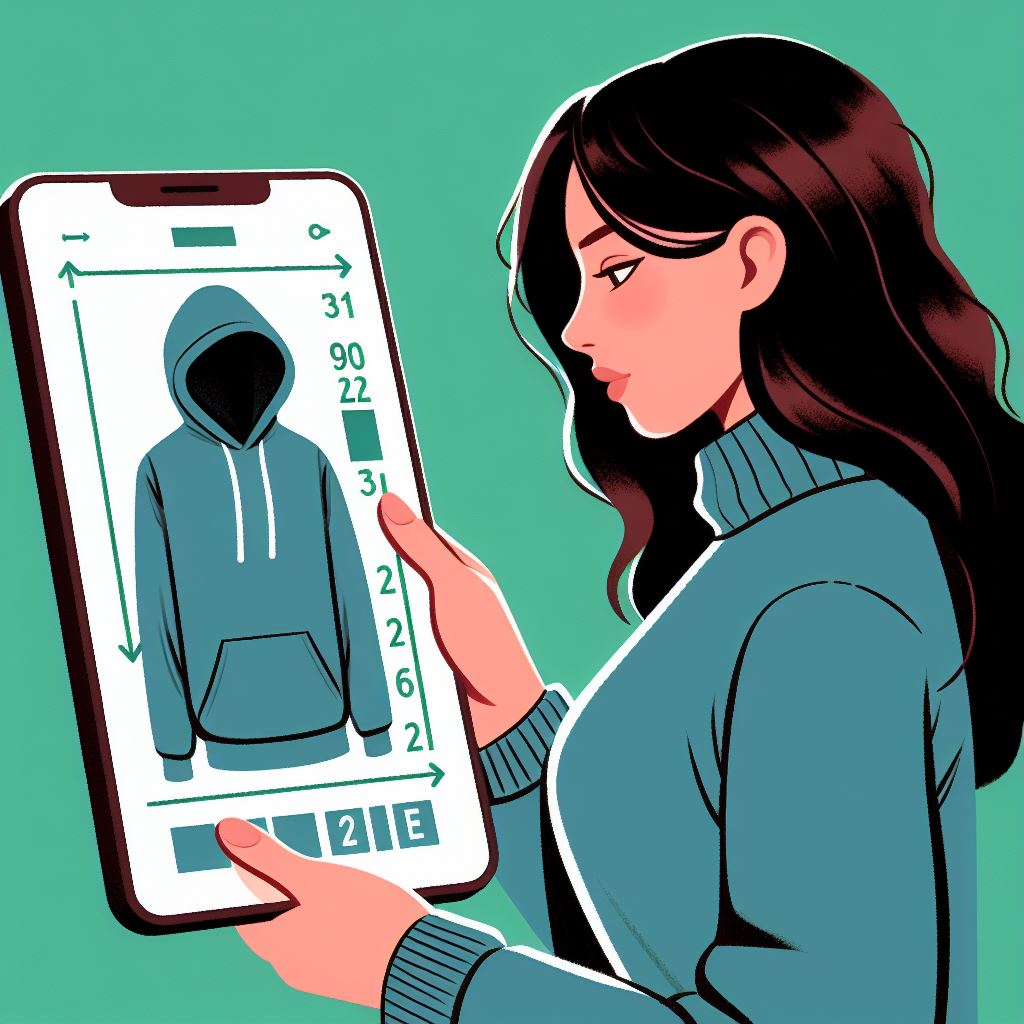
Why do Schools not allow Hoodies?
Hey friend! Hoodies seem to stir up a lot of debate in schools lately. As a staple clothing item for many students, it’s no wonder hoodies get so much attention when it comes to dress codes. I totally get why you’re curious about the reasons behind these hoodie bans. Let me break it down for you from all angles, looking at the pros, cons, alternatives, and more. Get comfy; this is gonna be an interesting discussion!
What’s Behind the Ban on Wearing Hoodies at School?
Schools restrict hoodies for a few key reasons relating to safety, learning environment, and equality among students. I can expand on each of those:
- Safety Hazards: You know those long, dangling strings on some hoodies? Those can get caught on stuff as students walk through halls and classrooms. That poses a legitimate risk of accidents or even choking! Schools are thinking about protecting students.
- Uniformity & Equality: Schools aim to create a sense of community and prevent visible economic differences. But hoodies come in all different styles, brands, and colors – they show off personality and status. Admins worry that could create segregation or jealousy.
- Classroom Distractions: Giant hoods flopping around and extra baggy fabric can be distracting in class. Teachers are trying to create a focused learning space.
But there’s no across-the-board policy. Some schools allow hoodies or have specific rules about them. It varies based on each school’s priorities and context.
Safety and Security: Stopping Concealment

Preventing threats to safety and security is a huge reason schools ban hoodies. Let me give you some examples:
- Hidden Faces: Hoods and oversized hoodies can obscure a kid’s face. That makes it way harder for teachers and staff to identify individuals in the halls or spot potential intruders. Big security issue!
- Gang Symbols: In some areas, certain hoodie colors or logos represent gang affiliation. Schools obviously want to avoid violence or illegal activity from gangs inside their buildings.
Not every school faces those specific gang issues though. Bans are situational based on each school’s particular concerns and problems.
Hoodies Can Also Cause Disruptions in Class
In addition to safety risks, hoodies can be distracting in the classroom:
- Hiding Earbuds: Students totally use big hoods to conceal earbuds and listen to music or watch videos instead of paying attention in class. Sneaky!
- Offensive Messages: Hoodies allow students to wear inappropriate or explicit images or text. That goes against schools trying to create a respectful learning environment.
Given those issues, many schools prohibit hoodies to maintain an environment where focus and respect are top priorities.
What’s the Argument for Allowing Hoodies?
There are also reasonable arguments for why schools could allow hoodies:
- Comfort & Self-Expression: Hoodies are comfy! They let students show off their personal styles. That could actually lead to better academic performance when kids feel comfortable and unique.
- Protection from Weather: In cold climates, hoodies provide needed warmth. In hot climates, they shield students from the sun. Makes sense!
- Fairness & Equality: Some claim hoodie bans unfairly target specific student groups. Not all families can afford alternate weather-appropriate clothes.
These points suggest allowing hoodies could create a more inclusive, comfortable environment.
Finding a Balance in the Great Hoodie Debate
There are compromises schools could consider to find a middle ground on the hoodie dilemma:
- Safer Hoodie Rules: Allow hoodies without strings or other loose parts that don’t pose safety risks. Smart!
- Student Discussion: Talk to students about the reasons for bans. Brainstorm potential compromises together.
Those solutions address schools’ valid concerns but also respect students’ needs and preferences – the best of both worlds!
The Bottom Line
There are good arguments on both sides of this heated hoodie debate. Schools have to balance crucial factors like safety and the learning environment with students’ desire for comfort, self-expression, and fairness. The ideal solution is to find a way to provide a safe yet inclusive environment where all students can thrive.
Digging Into the Cultural & Psychological Effects
Beyond the practical debate around hoodie policies, there are deeper cultural and psychological consequences to consider.
Impact on School Culture
Banning hoodies could really affect the overall school culture:
- Student Resentment: Students may feel it’s an unnecessary control of their personal freedom and rebel against it. That could damage the school community.
- Professionalism & Discipline: Some argue such policies instill important values like discipline and professional behavior to prepare students for future jobs.
Psychological Impact on Students
Hoodie bans can also impact students psychologically:
- Loss of Self-Expression: For many students, clothing allows self-expression. Banning hoodies could make them feel suppressed. That can take a toll on self-esteem.
- Stress Relief: Some argue school uniforms actually reduce stress for students around choosing outfits and reduce fashion-related bullying.
Trying Out Alternatives
Some schools are pioneering alternative solutions to balance interests:
- Designated Hoodie Times: Allowing hoodies only during certain times, like outdoor activities, could work.
- Hoodie Guidelines: Schools might allow hoodies without logos or explicit images. That’s a potential compromise.
The goal is to protect schools’ priorities while respecting students’ needs.
Getting Community Input
Involving all stakeholders – students, parents, and teachers – in deciding dress code rules can make policies more accepted and effective. It ensures fairness and considers everyone’s needs.
Fostering Mutual Understanding
Constructive discussion about dress codes is also a chance for mutual understanding between school administration and students. It teaches compromise, respect for rules, and the thinking behind policies.
The Final Word
Banning hoodies touches on a lot of sensitive issues – safety, discipline, self-expression, and comfort. Schools have to aim for dress codes to balance those factors – perhaps through creative compromises or an inclusive decision-making process. The goal is a fair policy meeting the needs of all students and the school community.


Leave a Reply